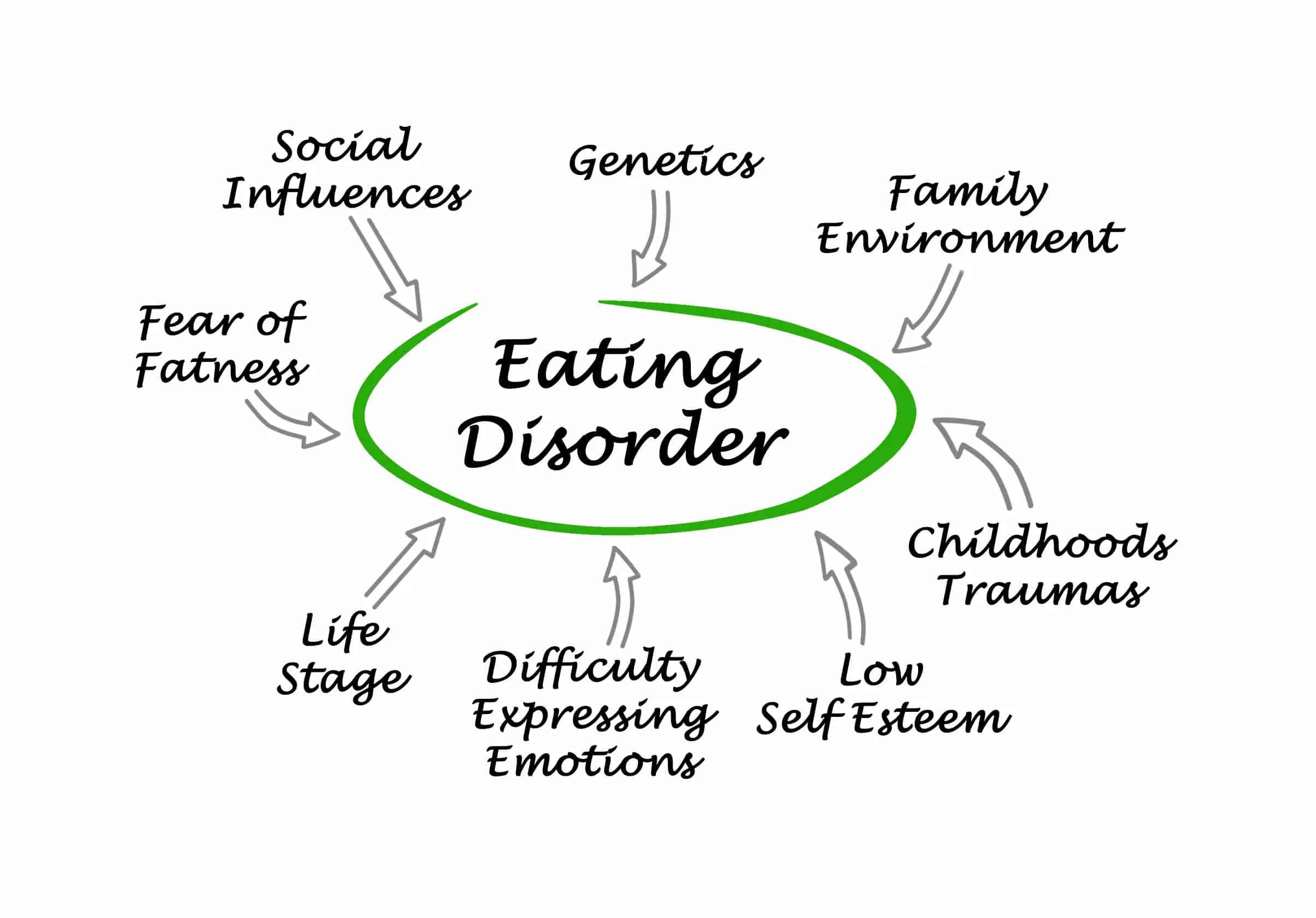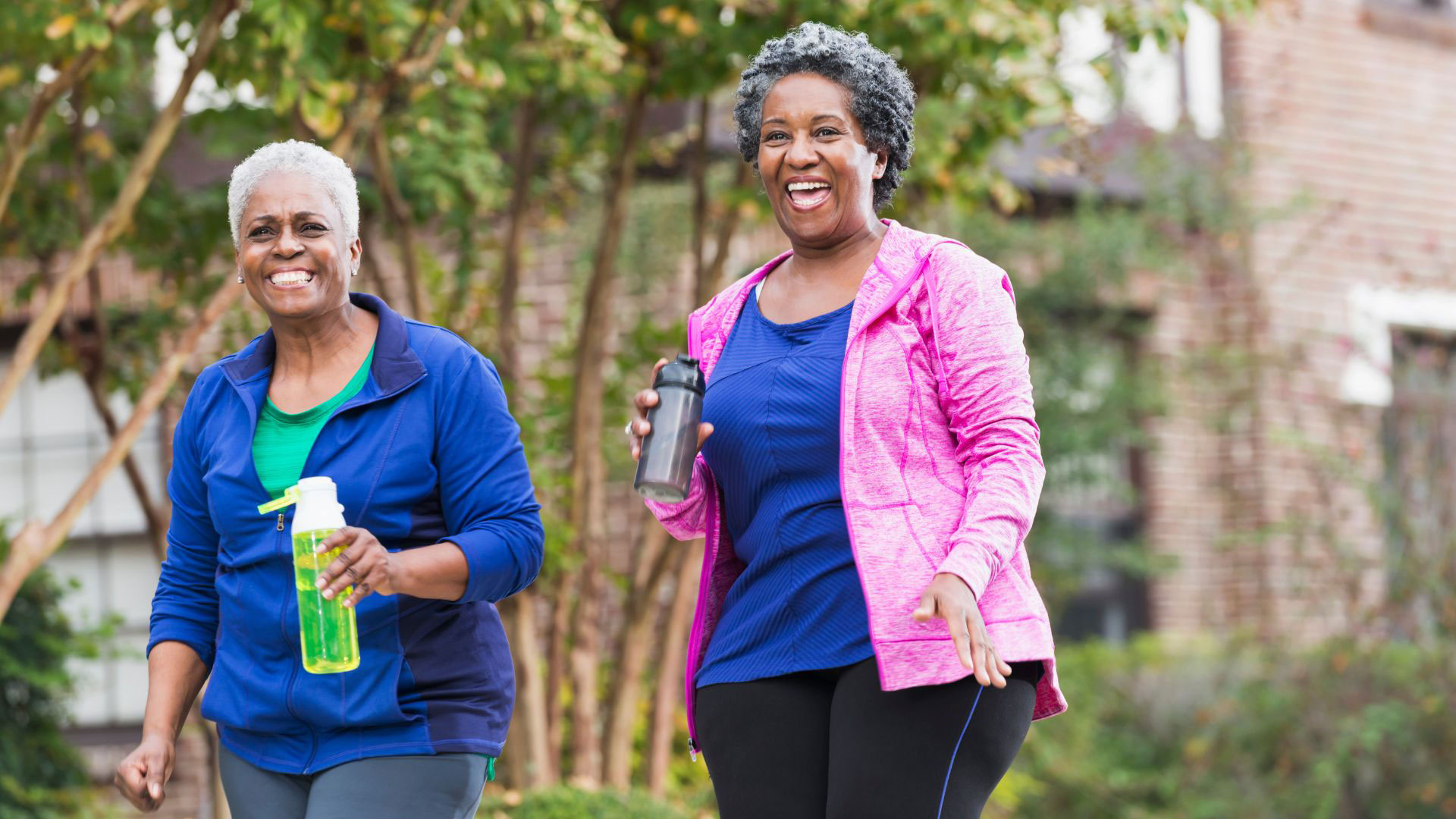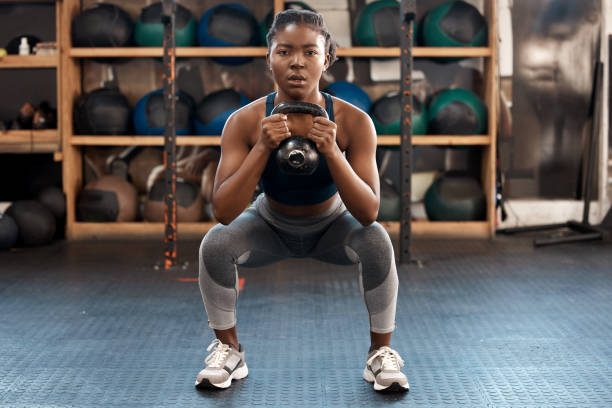Health
Simple Yet Powerful Actions to Reduce Anxiety

Today’s fast-paced lifestyle has increased the possibility of many people having stress-related problems like anxiety. Whether it’s from work or other personal obligations, people often find themselves grappling with managing anxiety.
Thankfully, there are solutions that can help reduce anxiety and promote healthy living for everyone. Some simple but powerful strategies that can help you manage stress and anxiety will be discussed below.

Engage in More Physical Activity
An idle body is susceptible to stress-related issues. That’s why people are advised to stay physically and mentally active. You don’t have to visit the gym. Here are some activities that could reduce anxiety :
- Cycling
- Walking
- Swimming
- Skipping
- Aerobic exercises.

Eat Healthy
People who follow a healthy eating plan are likely to experience less anxiety.When eating balanced meals,ensure you take more proteins, carbs, and healthy fats. Also, take as adequate fluids as possible daily. A lack of essential nutrients such as vitamin B and magnesium can also affect your mood.
Self-Care
Self-care doesn’t have to be something complicated; just take care of your hygiene and well-being. Here are some self-care examples are :
- Taking your bath
- Strolling regularly
- Reading books
- Getting a massage
- Yoga
Limit Your Caffeine Intake
Too much caffeine affects stress levels and leads to sleep disorders. While caffeine has many health benefits, moderation is key. Some caffeine alternatives are green tea, ginger smoothies, and milkshakes.
Read Also : The Workout Routine You Didn’t Know You Needed

Spend More Time With Your Loved Ones
Quality time with those you love can help manage anxiety issues and improve your well-being. Those who have a better social support system experience better mental health. Try to disconnect from devices for a while and spend time with friends and family. If you don’t have them nearby, you could join a support group in your locality.
Reduce Your Screen Time
Youths spend most of their time on their smartphones and laptops. While this might be work-related or for social reasons, spending excessive time on your mobile phones is bad. Try to reduce your screen time and relate more with people in real life. However, excessive use of social media and the Internet can contribute to higher stress levels.
Bottom Line
Too much stress can affect your mental and physical well-being. Some factors that cause anxiety are too much work, not sleeping enough, and inactivity, amongst others. The above strategies are easy solutions that could help minimize your stress levels.
Health
Disordered Eating Vs. Eating Disorder: Experts Explain The Differences And When To Seek Help

Disordered eating and clinical eating disorders are not interchangeable. Disordered eating refers to irregular or emotionally influenced habits around food: chronic dieting, skipping meals, rigid food rules, occasional binge episodes or persistent preoccupation with calories, weight or body shape. These habits may shift, but when repeated over time they often point to growing vulnerability.
Clinical eating disorders, by contrast, are diagnosed mental-health or medical conditions marked by persistent, patterned behaviours that impair physical health, mental wellbeing or daily functioning. Conditions such as anorexia nervosa, bulimia nervosa, binge‑eating disorder and other specified feeding or eating disorders fall into this category.

Image: Google
Evidence from Nigerian research confirms that disordered eating attitudes and risk for eating disorders are present among young adults and adolescents. In a study of more than 1,050 undergraduates from two higher‑education institutions in Lagos, roughly 16 percent scored positive on the EAT‑26 screening tool for disordered eating attitudes.
At a university in Ile‑Ife, a survey of female undergraduates found that 17.1 percent were classified as at high risk for eating disorders, based on the same screening instrument.
A more recent analysis among female undergraduates in Lagos found a lower prevalence of disordered eating (about 5 percent). Still, the study flagged a strong association between body-image dissatisfaction, body‑mass index (BMI) and disordered eating attitudes.
Adolescents are not exempt: a survey of 13 to 19-year-olds in Ibadan used screening tools to assess disordered eating behaviours and feeding/eating disorders. Results showed that 28.2 percent exhibited disordered eating behaviours, and a significant portion also met screening criteria for feeding/eating disorders.

Image credit: Google
Clinical, clearly diagnosed cases have also been documented. There’s a recorded instance of a 20-year-old undergraduate at a Nigerian university diagnosed with anorexia nervosa showing that what may start as dieting or food anxiety can escalate into serious health and psychiatric risk.
Because disordered eating and eating disorders exist within the Nigerian context, distinguishing between them matters. Persistent preoccupation with food, weight or body shape; regular dieting, bingeing or purging; emotional distress tied to eating; and disruption of everyday life are all red flags. When those signs persist, seeking professional support whether nutritional counselling, psychological therapy or medical care becomes essential.
Health
The Exercise That Keeps You Younger

If you’ve ever met someone in their fifties who moves like they’re still in their twenties, it’s likely they’ve discovered the simple habit that keeps the body from giving in to age: regular movement.

While fitness trends keep changing, one form of exercise has stayed constant in its benefits: strength training. It’s not about building bulky muscles or chasing a perfect body. It’s about keeping your bones strong, your joints stable, and your metabolism from slowing down. After the age of 30, the body naturally begins to lose muscle each year. That’s why everyday tasks, like climbing stairs or carrying groceries, start to feel heavier. Strength training helps reverse that.

Research supports this claim. People who lift weights or engage in resistance exercises have lower risks of diabetes, heart disease, and cognitive decline. But beyond the science, it’s about how it makes you feel. Nigerians juggling work, traffic, and family life know how draining each day can be. Even short sessions of body-weight squats, lunges, or push-ups a few times a week can recharge you better than most expensive wellness fads.

It also boosts your mood. Physical activity releases chemicals that help clear mental fog and lift your energy. It’s your body’s way of proving it still has strength to give.
You don’t need a gym to start. A mat, a pair of dumbbells, or even two water bottles will do. The goal is to stay consistent, to keep your body active enough to stay responsive.
Each push, lift, or stretch is a reminder that staying young isn’t about denying age; it’s about moving through it with strength.
Health
Which Fruits Are Highest in Calcium?

When it comes to calcium, most people immediately think of milk, cheese, or yoghurt. But if you don’t consume dairy or just want variety, certain fruits can help fill the gap. While they won’t match dairy in calcium content, these fruits can contribute meaningfully to your daily needs.
Why Calcium Matters
Calcium isn’t just for strong bones and teeth. It also keeps muscles working properly, supports nerve function, and helps maintain a steady heartbeat. A consistent intake is essential at every stage of life, especially for growing children, women over 30, and older adults who face higher risks of bone loss. Here are some fruits that deliver calcium
Oranges

Oranges are widely available in Nigeria and more than just a source of vitamin C. A medium-sized orange contains around 60 mg of calcium, and fresh juice, particularly fortified versions, can provide even more.
Figs (Fresh and Dried)

Figs are among the top fruit sources of calcium. Five fresh figs offer roughly 90 mg, while half a cup of dried figs can reach about 120 mg. They also provide fiber and potassium, making them a wholesome addition to snacks or breakfast bowls.
Blackcurrants

Though less common locally, blackcurrants are worth noting. 100 grams supply about 55 mg of calcium and antioxidants that support overall health.
Kiwis

A cup of sliced kiwis contains approximately 35 mg of calcium. They also provide vitamin C, which helps the body absorb calcium from other foods.
Mulberries
Mulberries contain roughly 39 mg of calcium per 100 grams. They are also rich in iron and vitamin K, both of which work alongside calcium to maintain strong bones.
Papaya (Pawpaw)

Papaya is a staple in Nigerian markets and households. 100 grams provides about 30 mg of calcium. It’s refreshing on its own or paired with a splash of lime for breakfast or snacks.
Tangerines

Tangerines contain around 37 mg of calcium each. They are easy to carry, naturally sweet, and a convenient way to get a small calcium boost between meals.
Making Fruits Work for You
Fruits alone won’t meet your daily calcium requirement. However, when combined with vegetables, beans, or fish, they help you get closer without relying solely on dairy. For Nigerians, enjoying seasonal fruits like pawpaw, oranges, or tangerines is a simple and tasty way to support bone health.
-

 Celebrity News5 months ago
Celebrity News5 months agoSophia Egbueje, Often imitated never duplicated!
-

 Psycho5 months ago
Psycho5 months agoThe Psychology of Spending: Why You Keep Buying Things You Don’t Really Need
-

 Food4 months ago
Food4 months agoSneaky Signs your Body Needs More Protein
-

 Beauty4 months ago
Beauty4 months agoIs There Anything Like Too Many Accessories?
-

 Sex & Relashionships5 months ago
Sex & Relashionships5 months agoSigns To Know It’s Time to Move On From Your Relationship
-

 Movies4 months ago
Movies4 months agoHijack ’93: The Forgotten Nigerian Hijack Now a Netflix Hit
-

 Sex & Relashionships4 months ago
Sex & Relashionships4 months agoSubtle Signs Your Partner Keeps Thinking About You
-

 Movies4 months ago
Movies4 months agoTrailer Review: Highest to Lowest
-

 Celebrity News4 months ago
Celebrity News4 months agoToke Makinwa Shares Graceful Pregnancy Reveal
-

 Skin Care4 months ago
Skin Care4 months agoUnmasking The Truth: Do Face Masks Really Work?
























